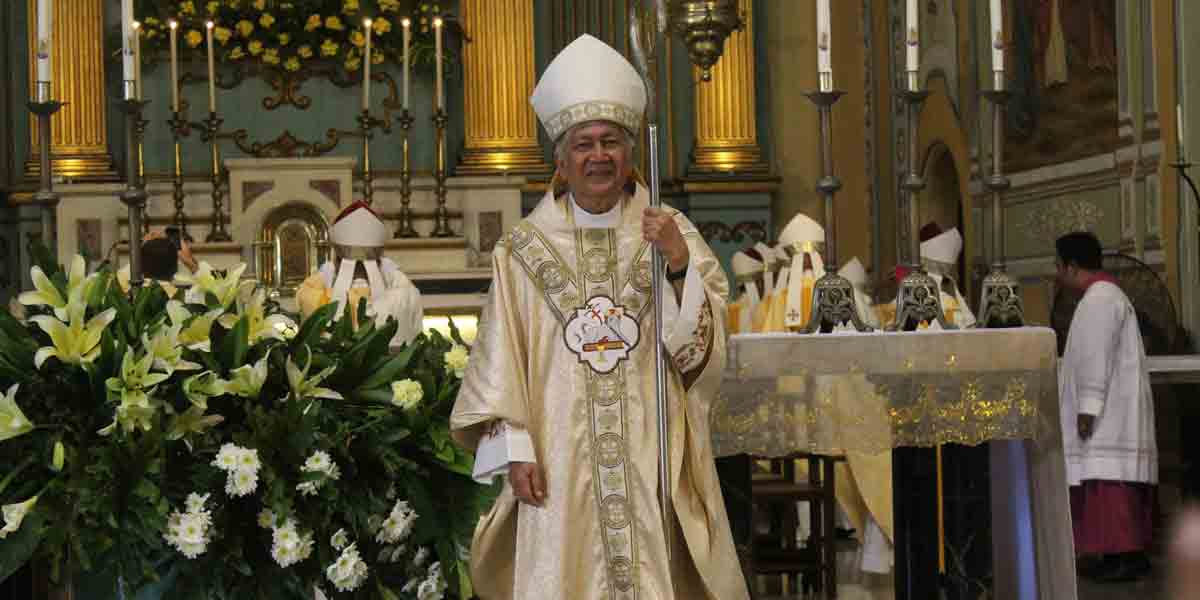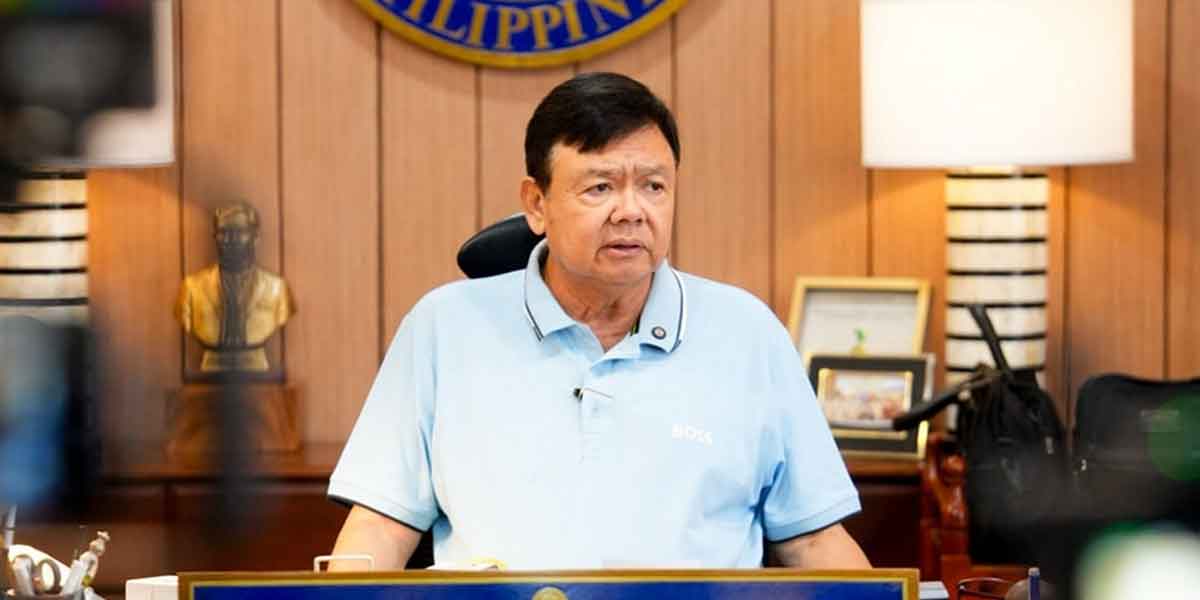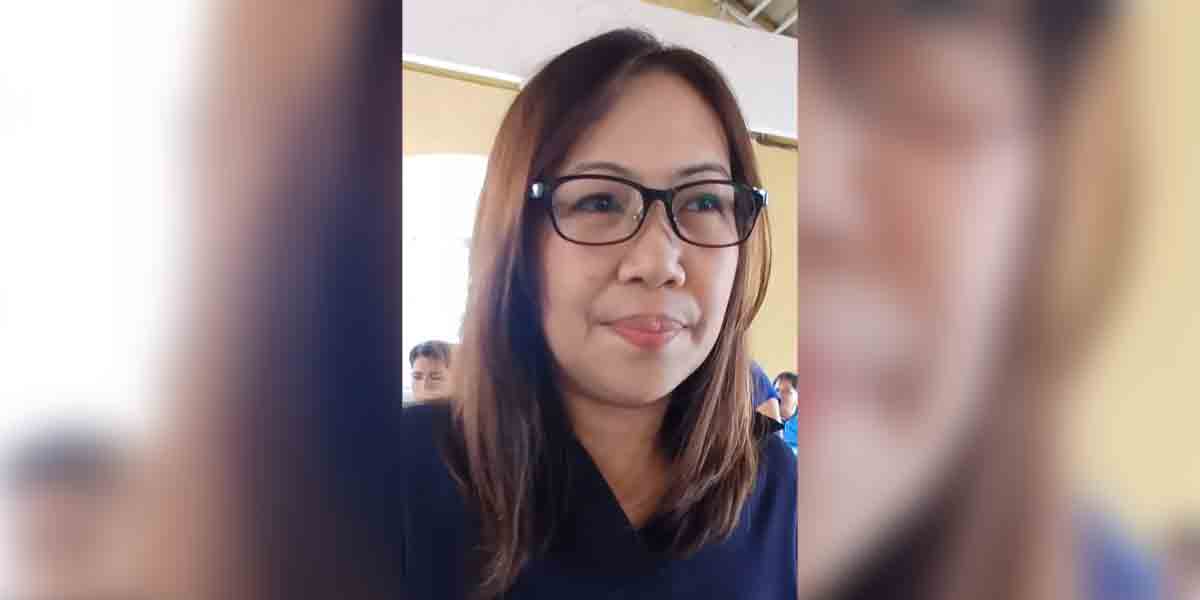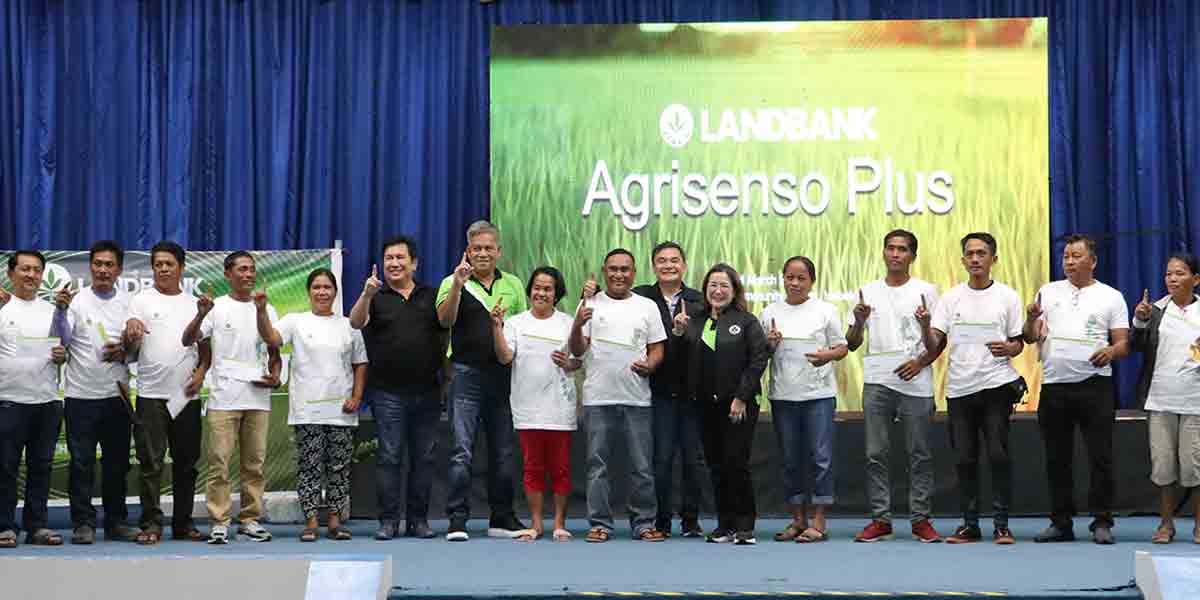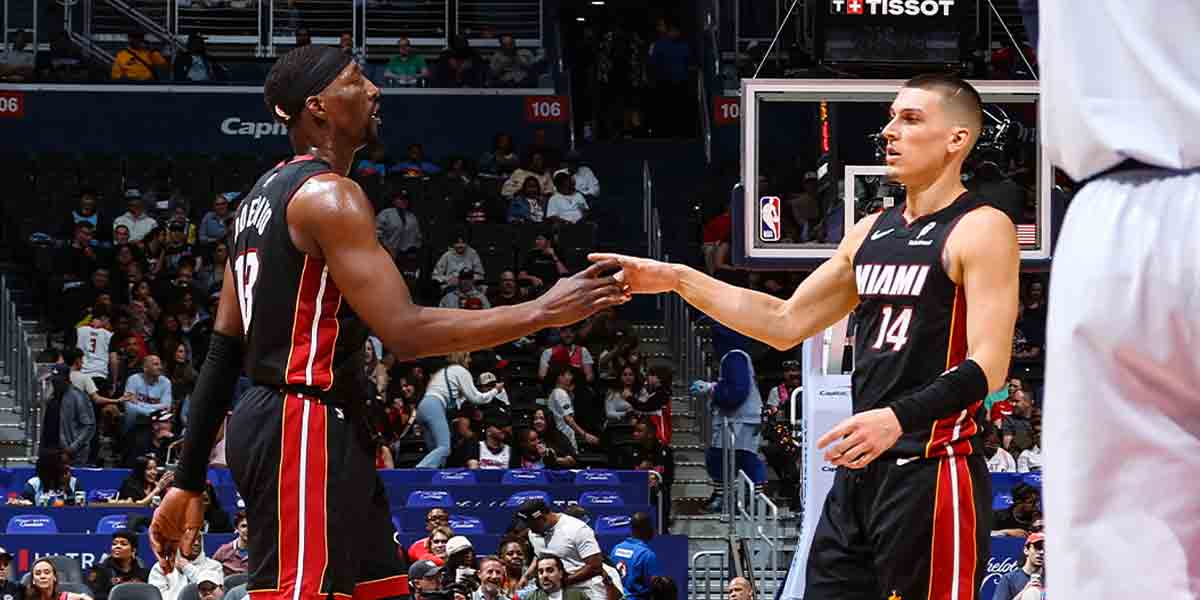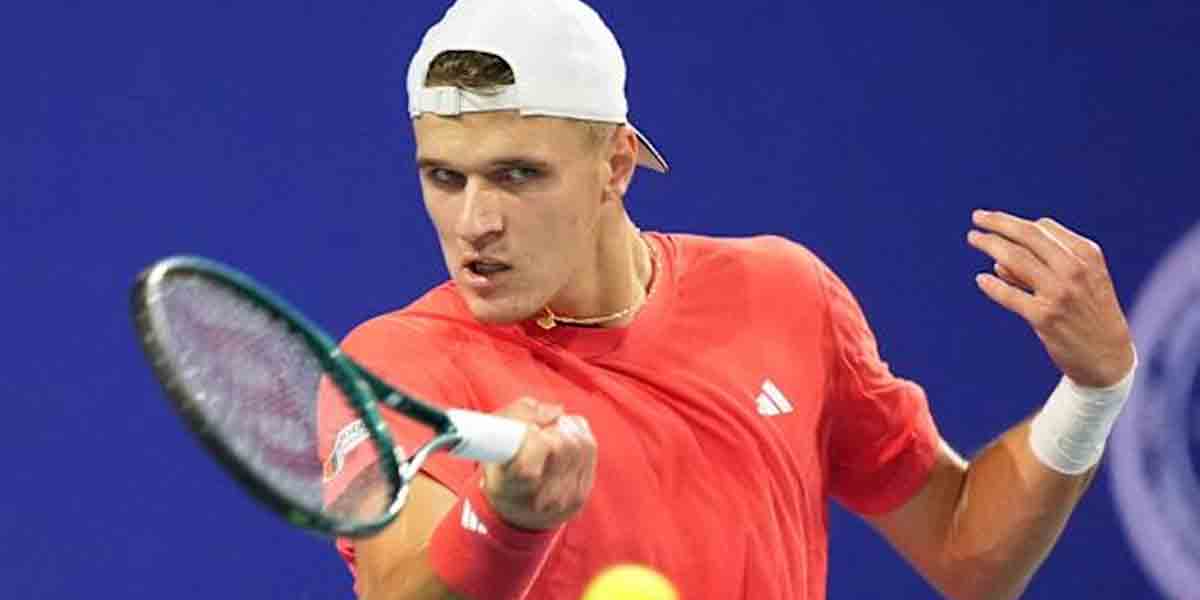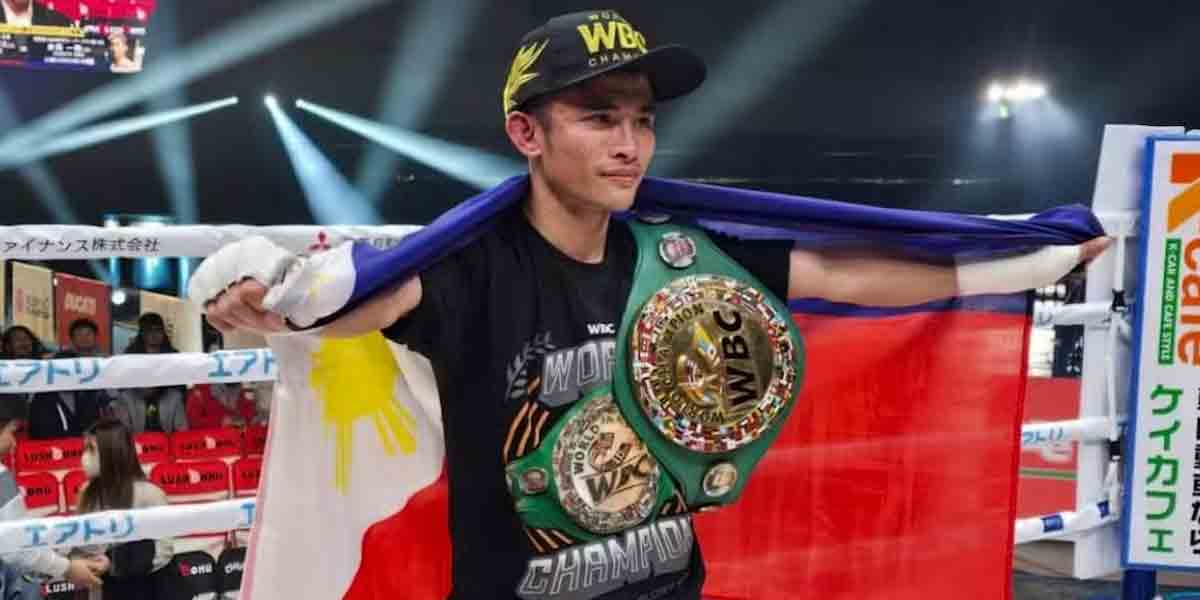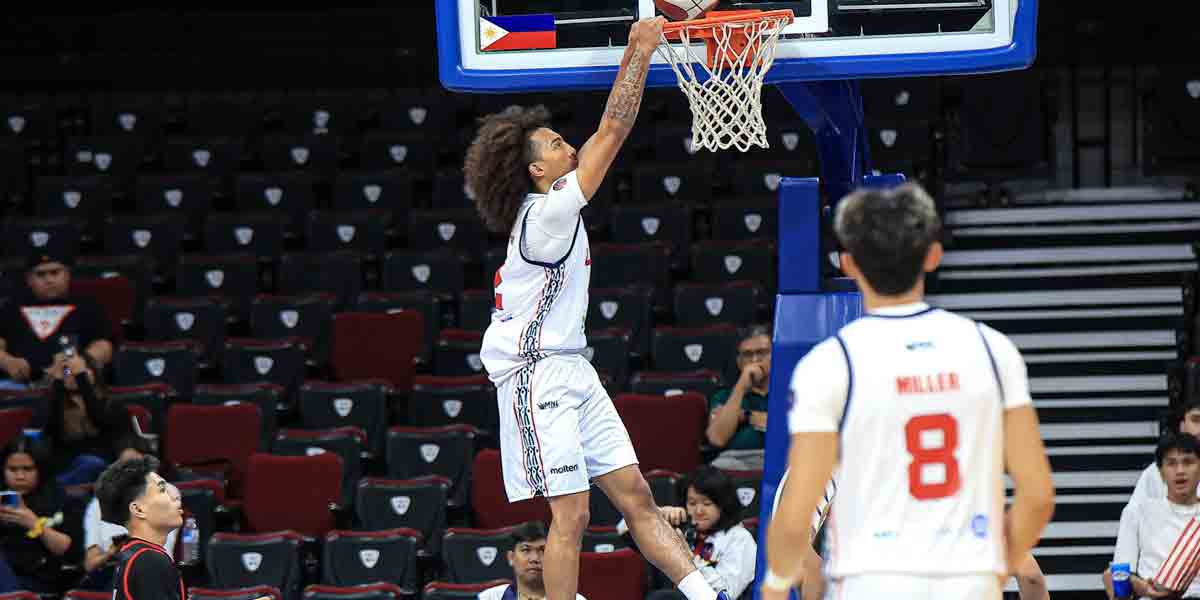By Herman M. Lagon
In an era where classroom walls witness more than lectures, peace education has become essential in guiding young minds toward creating a world free from violence and prejudice. At its core, peace education aims to cultivate nonviolence, empathy, and critical awareness, offering students the tools to actively resolve conflicts, embrace inclusivity, and champion social justice. As the RSCUAA 2024 Sports Festival and Conference aptly themes itself around “One Western Visayas: Promoting Peace, Inclusivity, and Well-Being through Sports,” it reminds us that these values are not just for the classroom—they are integral to every community we belong to. And in a country where education often doubles as both sanctuary and battleground, the mission for peace resonates with a new level of urgency.
Historically, peace education has evolved from idealistic concepts to pragmatic approaches shaped by the experiences of diverse societies. Many schools have already shown us that integrating peace culture in teaching transforms students into advocates of respect, empathy, and nonviolence. Such initiatives are particularly relevant in our context, where diverse communities reflect a mosaic of beliefs, traditions, and histories. Teachers, therefore, play a central role in contextualizing these lessons to resonate with the youth, reinforcing the importance of inclusivity and understanding.
The potential for sports as a bridge for peace is notably visible during events like the RSCUAA Sports Festival, where students from various backgrounds gather, uniting under the banner of athletic camaraderie. As a universal language, sports inherently encourage teamwork, resilience, and respect for opponents—values that align closely with peace education. By encouraging teamwork over rivalry and respect over hostility, sports fields become arenas where students learn to navigate and celebrate diversity, promoting inclusivity and well-being.
Yet, peace education extends beyond mere activities. The challenge lies in addressing the broader learning environment that shapes students’ perspectives on conflict and collaboration. While the Department of Education’s “Matatag”curriculum claims to emphasize peace and values education, concerns arise when atrocities, masquerading as security measures, take precedence. Critics argue that fostering genuine peace requires not surveillance, red-tagging, threats, suppression, or extra-judicial killing, but cultivating critical thinking, kindness, and resilience among students. Prioritizing these qualities means revisiting policies and practices that align more with fostering growth than instilling fear.
The concept of “zones of peace,” as championed by peace advocates like human rights activist Ed Garcia, holds promise for schools. Turning campuses into these means students feel genuinely safe, valued, and supported. Here, respect, empathy, and kindness are woven into daily life. With teachers and administrators leading by example, students learn peace is an active choice. Beyond preventing bullying, these spaces foster a community where kindness flourishes and students are guided to resolve differences openly and respectfully. It’s about growing up in a world where peace is real and personal.
The emphasis on inclusivity in peace education also intersects with the journey of peace advocates like columnist Tasneem AbdulRauf, who emphasizes the need for a more inclusive Philippine history that acknowledges the contributions of Filipino Muslims. By ensuring that peace education includes diverse narratives, educators foster understanding and respect for minority identities. In this way, peace education becomes an instrument for dismantling prejudices and building bridges across cultural divides—a goal as relevant in the classroom as it is on the playing field.
At the heart of peace education is the principle that each generation must take responsibility for nurturing the culture of peace. This requires intentionality, consistency, and community collaboration. The efforts of peace advocates like Teach Peace Build Peace Movement founder Bai Rohaniza Sumndad-Usman, who promotes intergenerational peace-building, underscore the need for a long-term commitment to peace as a way of life. Her programs for children and youth emphasize fostering a mindset geared towards harmony and nonviolence—a mission that resonates across Filipino society, from classrooms to local governments and beyond.
While peace education cannot solve every societal ill, it empowers students to view themselves as agents of positive change. Felicitas Pantoja’s Coffee for Peace initiative in Mindanao exemplifies how peace-oriented projects can impact communities by addressing immediate needs—like hunger and economic security—while fostering social justice. Students exposed to these narratives learn that peace is multifaceted; it is a pursuit that addresses not only interpersonal conflicts but also societal inequities.
Teachers have the unique power to instill hope, resilience, and empathy in their students, building the next generation of peace champions. Educators carry the significant responsibility of modeling these values, especially as they guide students through lessons that extend far beyond academics. Studies in peace education have shown that democratic, student-centered approaches help create a supportive environment where students feel heard and respected. The seeds of peace grow in these settings, shaping students who approach life with compassion and discernment.
Peace education, like all transformative processes, demands perseverance and community support. It requires all stakeholders—teachers, parents, policymakers—to foster environments where nonviolence, inclusivity, and justice are everyday practices. This pursuit goes beyond declarations or curriculum adjustments; it involves rethinking how education itself can become a tool for societal harmony. In this way, peace education is a foundation upon which we build resilient communities, empowered individuals, and a just society.
As RSCUAA 2024 inspires athletes to embody the principles of peace and unity, may we also be inspired to apply these principles in every sphere of our lives. For it is in our classrooms, sports fields, and communities that the culture of peace begins—and where it will ultimately flourish.
***
Doc H fondly describes himself as a “student of and for life” who, like many others, aspires to a life-giving and why-driven world grounded in social justice and the pursuit of happiness. His views do not necessarily reflect those of the institutions he is employed or connected with.
